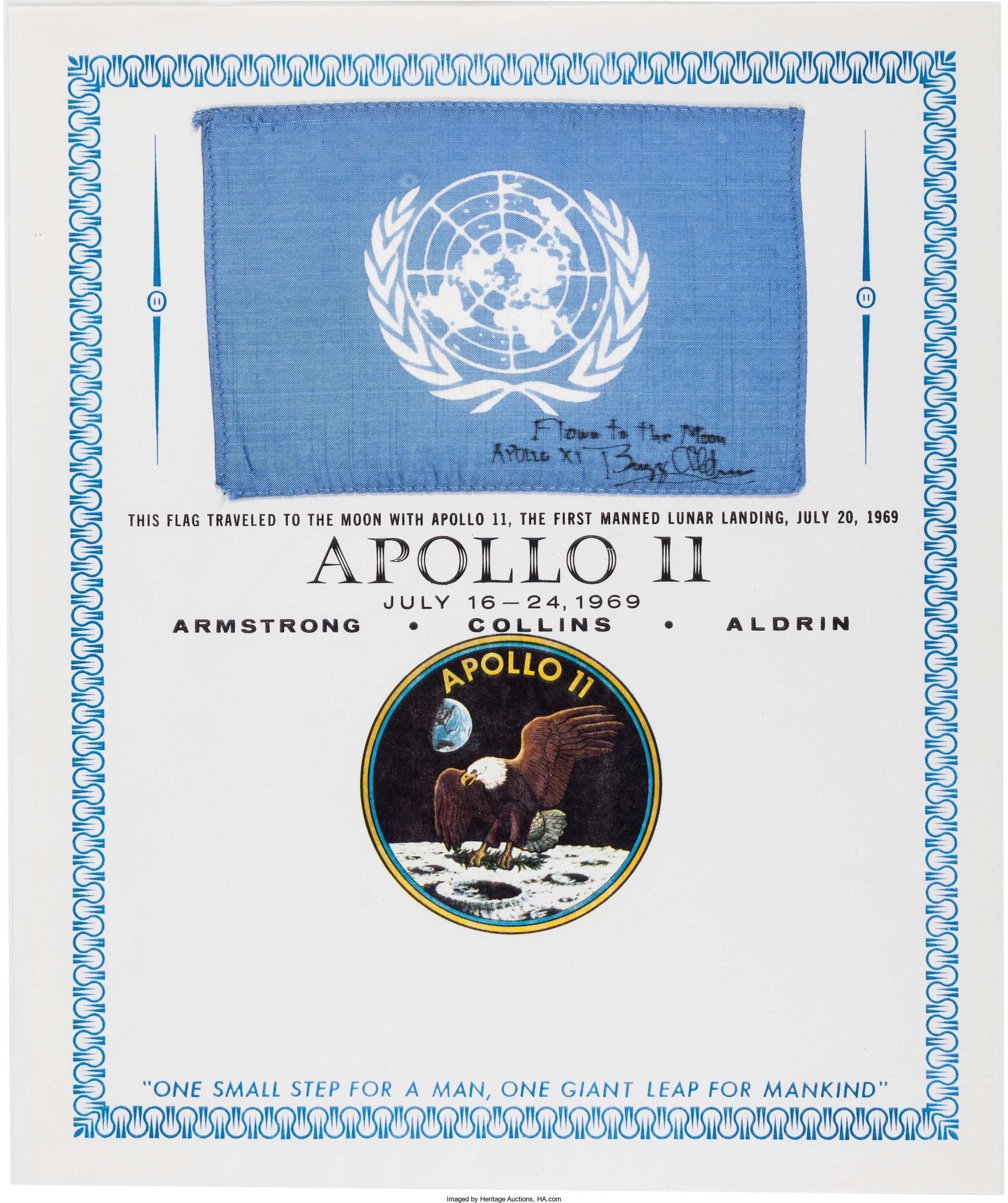
By Jim O’Neal
After years of conflict, devastation and privation, there was a shared determination to avoid another World War. Gradually, this determination evolved into action. The seeds had been sown in August 1941 when President Franklin D. Roosevelt and British Prime Minister Winston Churchill issued the Atlantic Charter, a statement that listed their postwar goals for international security.
These goals appeared again in January 1942 when the 26 Allied nations signed the United Nations Declaration, which bound them to a common purpose of victory over the Axis powers. It also resolved to protect liberty and human rights and to respect the self-determination of all people.
In April 1945, with the end of the war in sight, representatives of 50 nations met in San Francisco to write a charter for the new organization. The charter established the mission of the United Nations: to prevent war; to affirm fundamental human rights; to facilitate international peace and security; to promote improved living standards; and to support social progress and economic advancements.
Disagreements based on national interests plagued the discussions at the April conference, but they did not prevent the formation of the United Nations. On June 25, the delegates unanimously adopted the charter and the next day they all signed the document. The United Nations was officially established on Oct. 24, 1945.
The world had entered a new period of international collaboration … “to save succeeding generations from the scourge of war … to reaffirm faith in fundamental human rights.”
Seventy-one years later, they are still trying to get some of the kinks worked out.
 Intelligent Collector blogger JIM O’NEAL is an avid collector and history buff. He is President and CEO of Frito-Lay International [retired] and earlier served as Chairman and CEO of PepsiCo Restaurants International [KFC Pizza Hut and Taco Bell].
Intelligent Collector blogger JIM O’NEAL is an avid collector and history buff. He is President and CEO of Frito-Lay International [retired] and earlier served as Chairman and CEO of PepsiCo Restaurants International [KFC Pizza Hut and Taco Bell].
